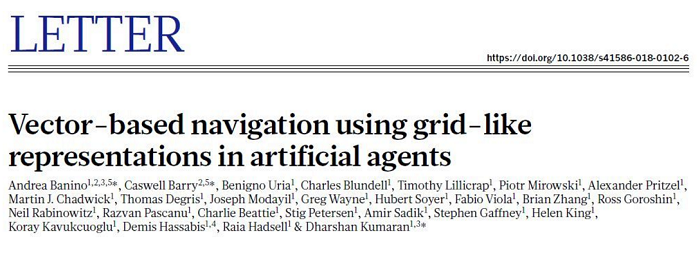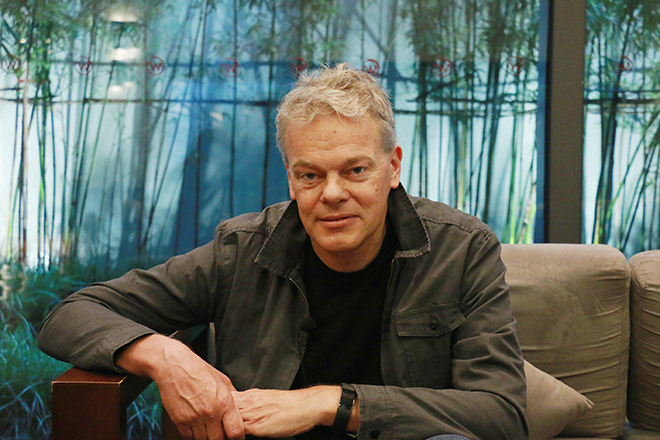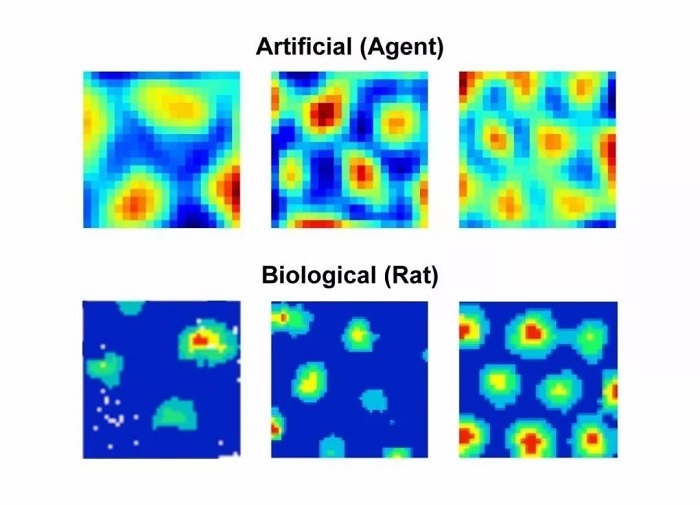On May 9th, US Eastern Time, Nature published an AI research paper online, which caused a sensation in the field of neurology and artificial intelligence. This paper was co-authored by the UK's DeepMind team (developers of Alpha Dogs and Alfa Dollar) and University College London.

Behind this highly abstract paper is the fact that AI can already generate the function of "grid cell" to achieve automatic tracking like humans. You know, grid cells are life masterpieces that human evolution has only seen for millions of years.
Although animals and humans can easily avoid obstacles and walk in natural space for thousands of years, their cognitive and computational foundations have always been unclear.
Until Edvard Moser discovered grid cells, a cell that helps humans (or animals) recognize the path. As a result, he won the Nobel Prize in Physiology or Medicine in 2014.

Grid cells, which are cells in the brain of an animal, exist in the entorhinal cortex, have significant spatial discharge characteristics, and exhibit a grid-like discharge structure.
In the latest study of this paper, the AI ​​simulation system jointly developed by University College London and DeepMind automatically generates a grid pattern that is very similar to brain cell activity and helps mice automatically find shortcuts.

Even more surprising is that in the experiment, computer-simulated rats can navigate well in the virtual maze through grid-like cell coding, and even find shortcuts to get out of the maze!
The release of this achievement subverts previous AI technology and design logic. Because it is impossible for AI to go through the pre-set road through data training, and it is impossible to determine the path of walking by judgment.
On the other hand, this achievement also indicates that under the premise that human scientists have not fully studied the function of grid cells, the "black box" AI has been realistically simulated for humans except for grid cells.
In this regard, Edvard Moser commented:
This paper came out of the blue, like a shot, and it's very exciting. It is striking that the computer model, coming from a totally different perspective, ended up with the grid pattern we know from biology.
(The results of this paper are shocking and exciting. Surprisingly, giving the computer a completely different perspective, it can be concluded that we only have a grid pattern that can be found through biological research.)
Johns Hopkins University neuroscientists Francesco Savelli and James Knierim also published a news review entitled "AI mimics brain codes for navigation" in the same period of Nature, praising:
It is interesting that the network, starting from very general computational assumptions that do not take into account specific biological mechanisms, found a solution to path integration that seems similar to the brain's. That the network converged on such a solution is compelling evidence that there is something special about grid cells' activity patterns that supports path integration.
(Interestingly, the neural network does not take into account specific biological mechanisms, but starts with very common computational assumptions, but finds a path integration solution similar to the brain. This is a convincing evidence that the grid The pattern does help (human) navigation.)
Obviously, everyone is amazed at the power of AI, marveling at the “talent†that can make simple mathematical formulas into complex biological models.
Organic Isomalto-Oligosaccharide 900 (tapioca) Powder
Tapioca IMO,Glucose Oligomers,Digestion-resistant Sweetener
Qingdao Bailong Huichuang Bio-tech Co., Ltd. , https://www.qdblcycn.com